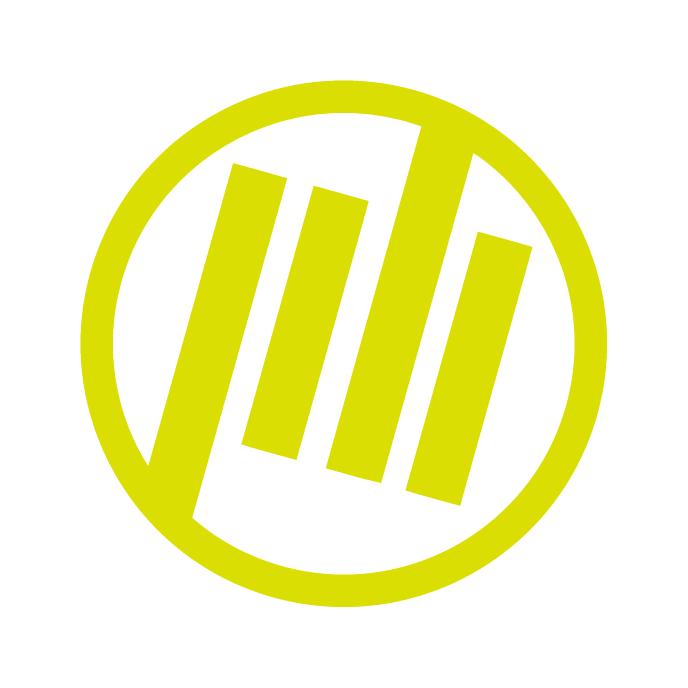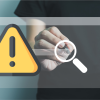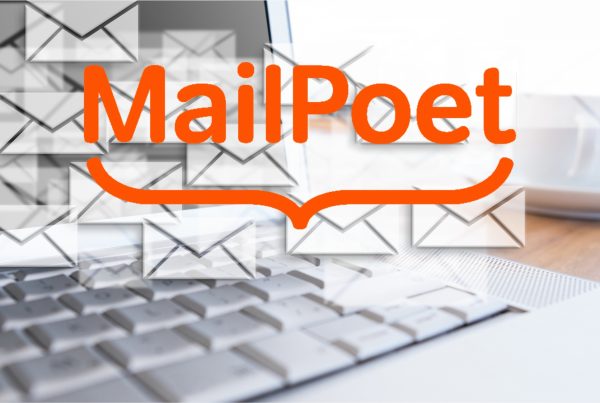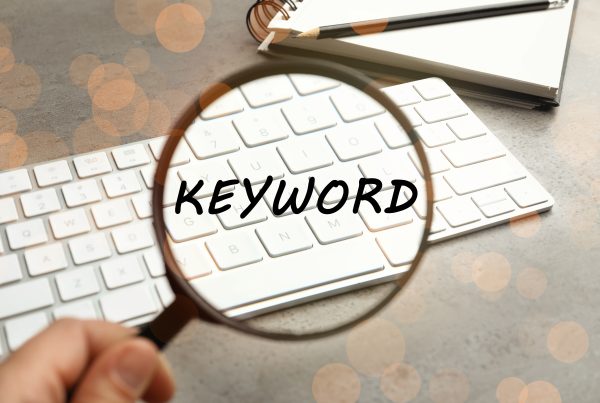The million-dollar question: what are the ranking factors for SEO? Website owners want to know how search engines and users can find their web pages. Let’s look at some of the key factors you have control over that can help improve the chances of customers seeing your page in their search results and SEO best practices for optimization.
On-page Ranking Factors You Want to Optimize:
Website Content
High quality content is a very important ranking factor. The user’s experience depends on successfully finding answers to their search queries. The quality of those answers contributes heavily to Google rankings and those of other search engines.
From an SEO perspective, good website content means it meets the demand for the search intent. Solid keyword research is important to ensure you make educated guesses of what people are searching for. In addition, for a higher page ranking, you want your content to be shareable or linkable and unique.
When a user lands on your page, your goal should be for the content you provide to be engaging and what they were looking for. Bounce rates, or the percentage of visitors entering, then quickly leaving a site, negatively affect your page SEO.
CONTENT IS KING OF THE RANKING FACTORS!
Meta tags and descriptions together make up metadata, defined as data that describes other data. You can compose your descriptions and include them in the code of your site, but sometimes the search engine will pull a snippet of text from the copy of your page instead. One more reason for having great content on your page.
URL Structure
The third in our list of ranking factors is URL structure. Search engines rely on URL structure to understand the importance and relevance of the information found on the page. Using actual words in the URL which a web user is likely to search for helps the search engine determine if it will provide the answers the user seeks.
Conversely, using codes and meaningless characters in a URL provides no value. Besides providing clues to search engines, people will be more apt to link to meaningful URLs with relevant words or phrases.
Internal Linking
When one page on a website links to another on the same site, it helps build authority, passing credibility from one page to the next. Internal linking is also important if you want a page to rank higher. Internal links guide users to additional relevant content and prompt them to act or convert.
If the page address for internal links or even anchor links that direct the user to a different location on the same page, use a strong URL structure, search engines and users alike can more easily understand the directions you are providing.
Image Alt Text
We refer to the written description of what appears in an image as Alt Text, short for alternative text. Not only will the user see this description if an image cannot load, but it helps visually impaired users understand what they cannot see.
Besides improved user interaction, alt text, also called alt tags or alt descriptions, contributes to search engine rankings too. Because search engines cannot see, they need to read what your image is about when they crawl pages.
Think about the last internet search you conducted. Did the search engine results provide images in addition to the list of webpage snippets? So yes, google ranking factors include images too.
Page Speed
We call to the speed at which content on a specific page loads as “page speed”. In comparison, “site speed” is the speed users click through the various pages of your site to conversion in a shopping cart or lead form.
Page speed is one of the important ranking factors because it contributes to user experience. If the content on your page loads faster, google should give it priority.
SEO Best Practices for Optimization
Include keywords in the ranking factors:
- Written content
- Title tag
- URL
- Image alt text
Don’t neglect your page speed:
- Optimize image sizes
- Remove excess images
- Delete elements not being used on the page
- Stop or remove unimportant scripts
Focus on the quality of your content:
- Answers questions
- Be engaging
- Make it sharable
- Be unique
Link your content to other internal pages:
- Category page
- Subcategory page
- Homepage (even if it is just a linked logo in your header)
What other strategies should you consider for SEO?
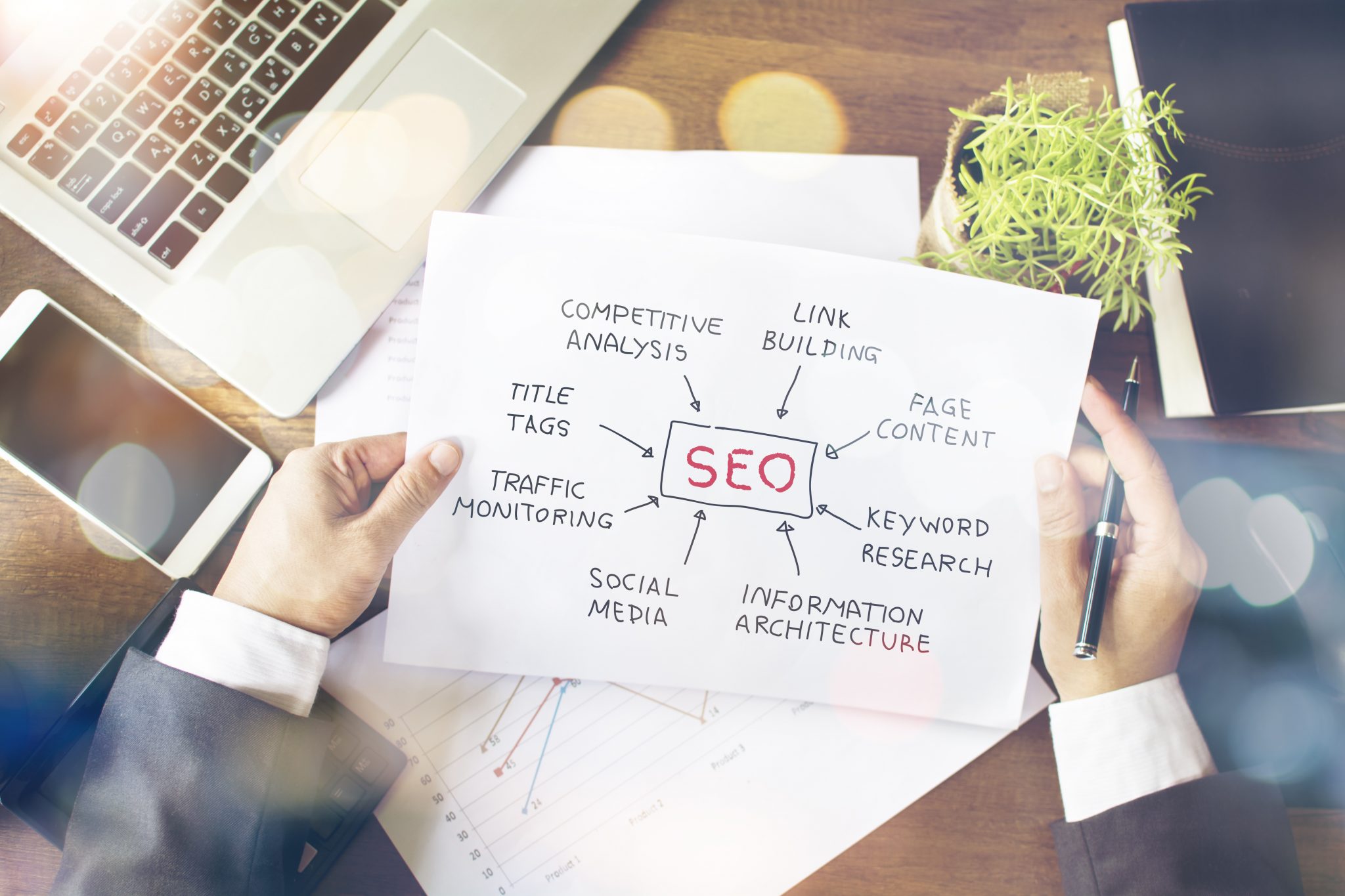
We have focused on the on-page SEO strategies and ranking factors. Those are the ones you have the most control over and the ones users will engage with the most. Off-page SEO includes building links, social media, brand awareness, and other external marketing efforts.
Looking for help with your ranking factors?
PressHero offers a Dedicated SEO service for on-page improvements to your organic search results. We also offer Digital Marketing subscriptions to incorporate both on-page and off-page strategies for quicker results.

